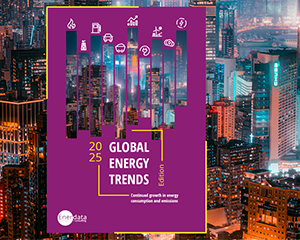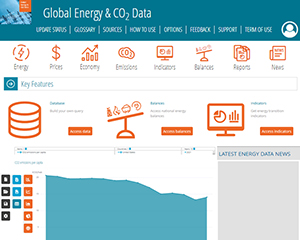Oil products domestic consumption
In 2024, global oil product consumption remained stable, after a 2.4% growth in 2023 and an average +1%/year over the 2010-2019 period.
+27%
Surge in oil product consumption in 2024 in Vietnam, whose consumption has more than doubled since 2010.
In 2024, global oil product consumption remained stable, after a 2.4% growth in 2023 and an average +1%/year over the 2010-2019 period.
Oil product consumption dipped in the USA (-1.5%, over reduced commuting, energy efficiency improvements, and the competition of EVs in the transport sector) and remained stable in China, after an 11% growth in 2023 (end of COVID-related restrictions).
Among non-OECD countries (60% of oil product consumption in 2024), oil product consumption increased noticeably in Asian countries: it grew in India and Indonesia (around +2% each), in Malaysia and the Philippines (by nearly 7%), and surged in Vietnam (+27%). It also rose in Saudi Arabia and Iran (+2% each) but remained stable in Africa (with a 5% growth in Egypt offset by a 7% drop in South Africa) and in Brazil. Oil product consumption even declined in Russia (-5%) and Argentina (-5%).
In OECD countries, oil product consumption increased in the EU (+1%), Türkiye (+3%), South Korea (+3%), Mexico (+1%) and Australia (+2%), whereas it declined in Japan (-5%) and Canada (-2%).
Breakdown by country (Mt)
World
Trend over 1990 - 2024 - Mt
% in total consumption (2024) - Mtoe
Our 2025 edition of Global Energy Trends presents insights on essential energy data.
We have contextualised these findings against long-term climate targets :
- Which must accelerate their efforts to meet 2050 targets?
- What are the underlying drivers explaining why Europe is struggling to achieve the Paris Agreement objectives?
- Which regions are making substantial contributions to climate mitigation?
Need more data? All the information presented in this energy data tool are extracted from Global Energy & CO2 Data service, the most comprehensive and up-to-date database on crude oil, NGL, non-conventional oil and refined oil products: production, trades, reserves, transformation, prices, consumption per sector and indicators.
Discover this service


